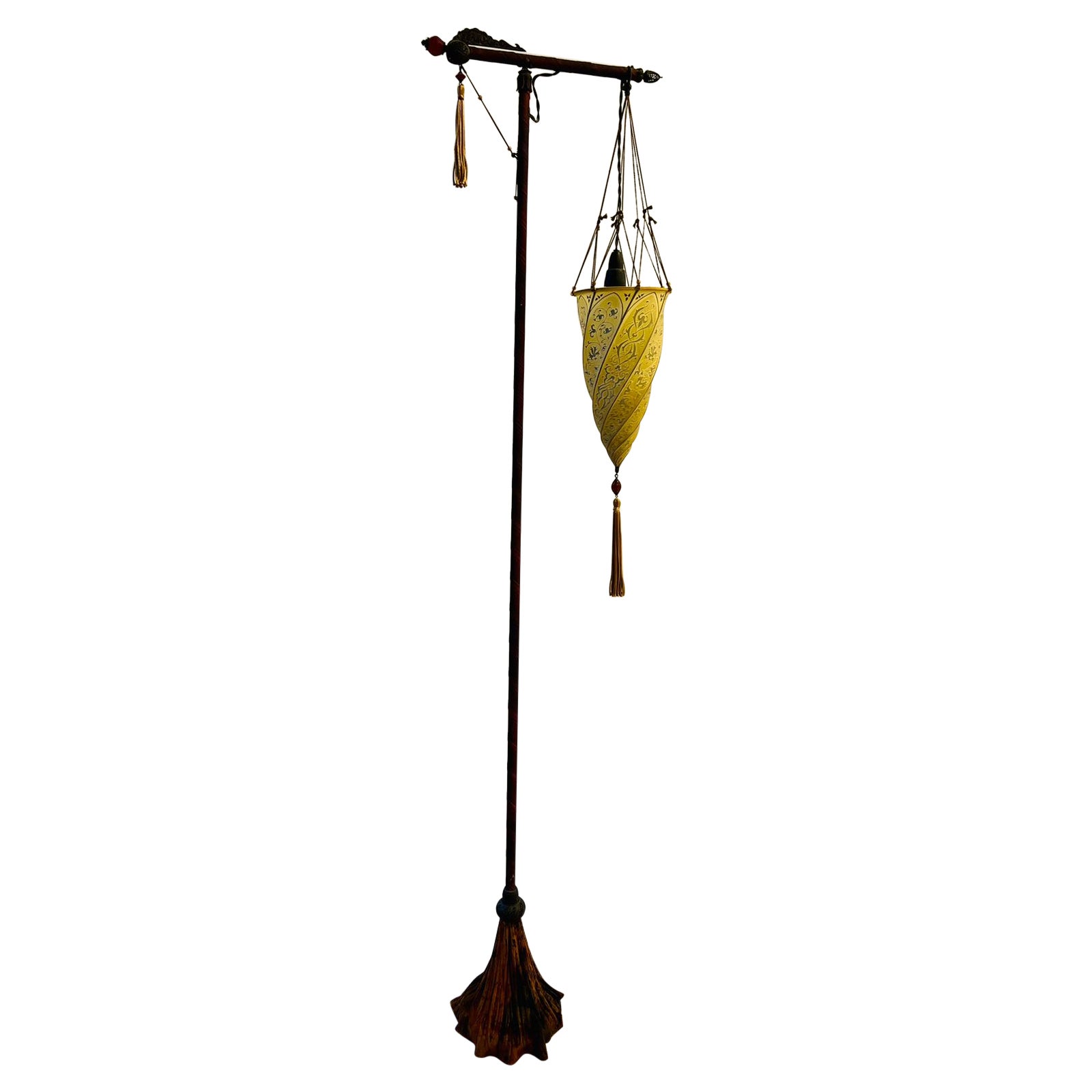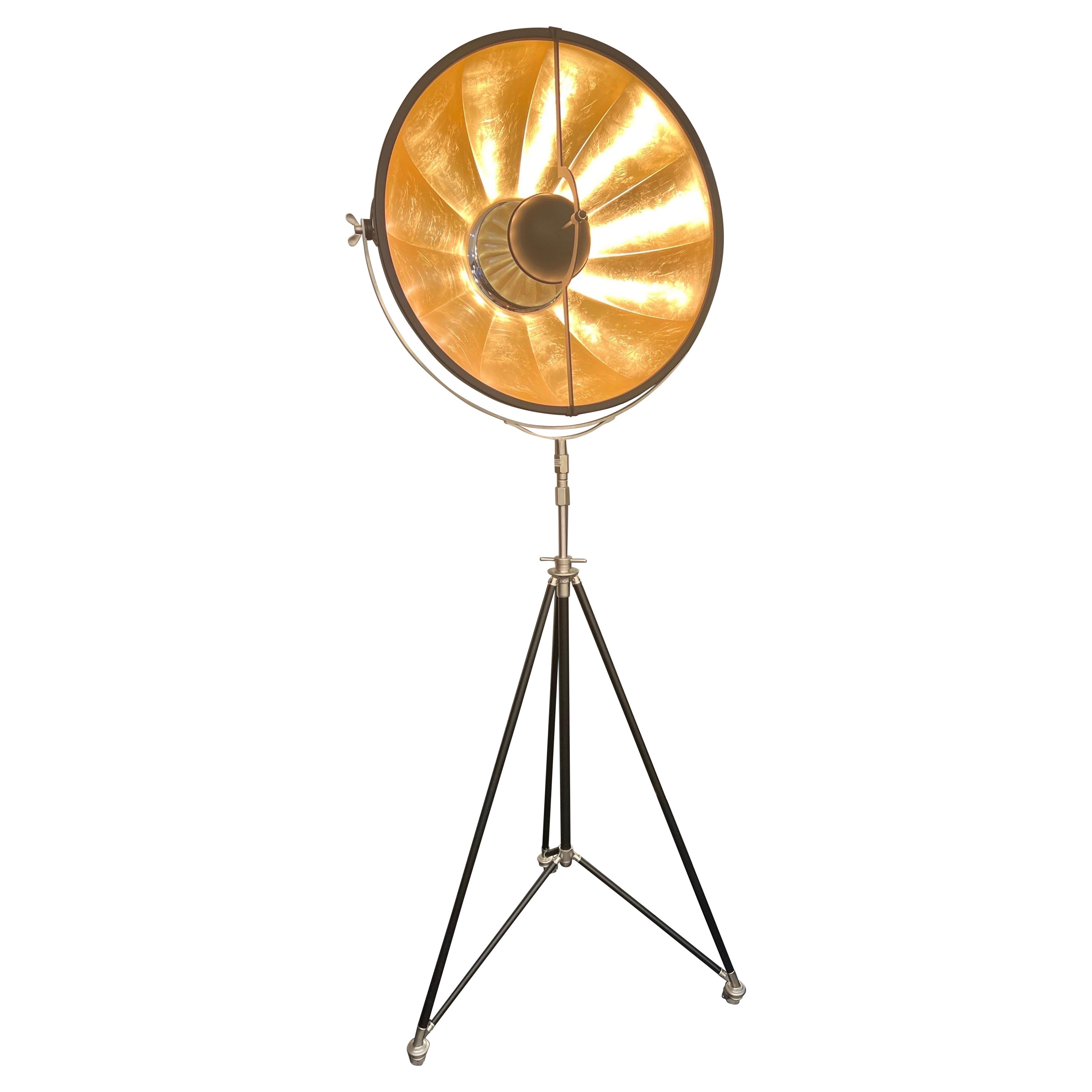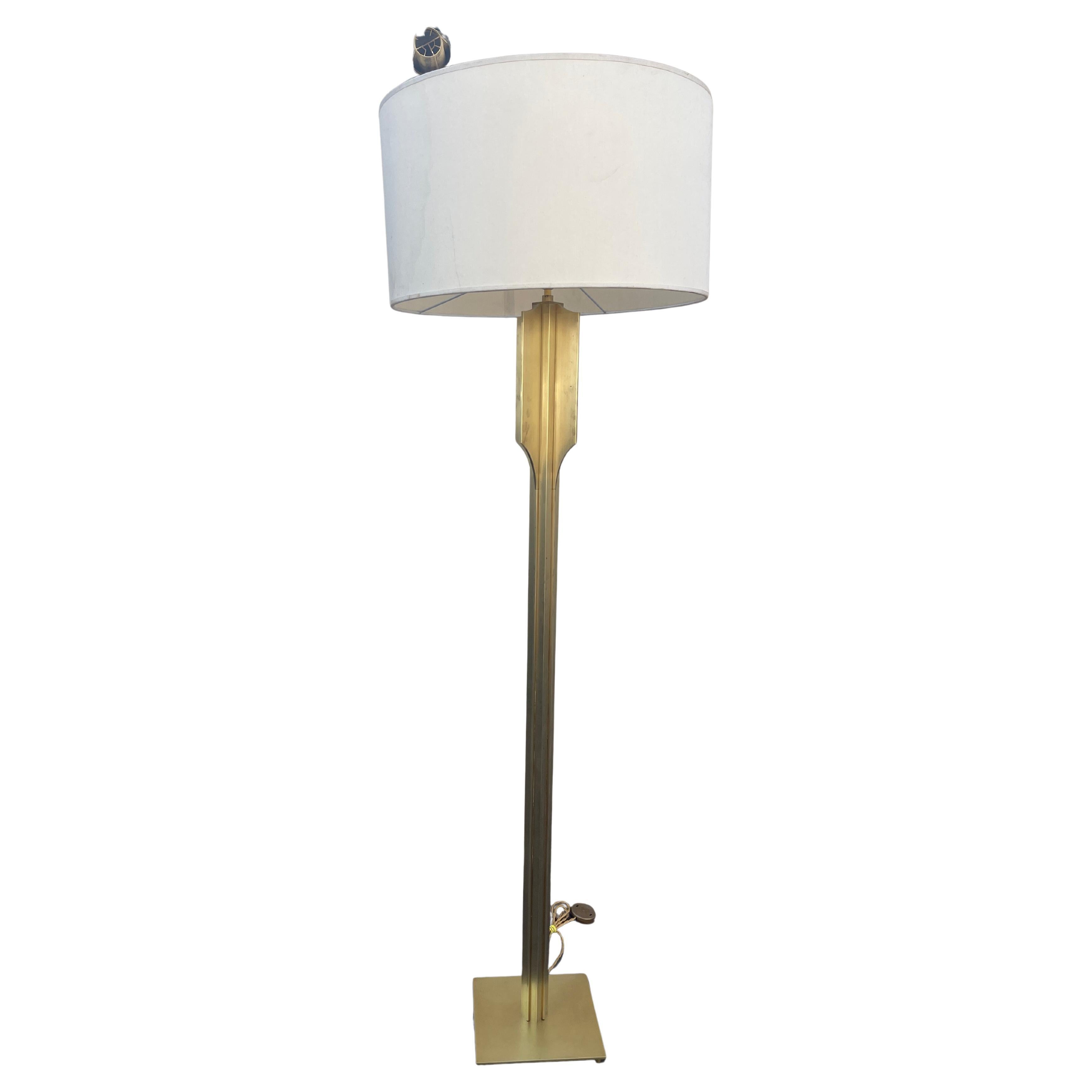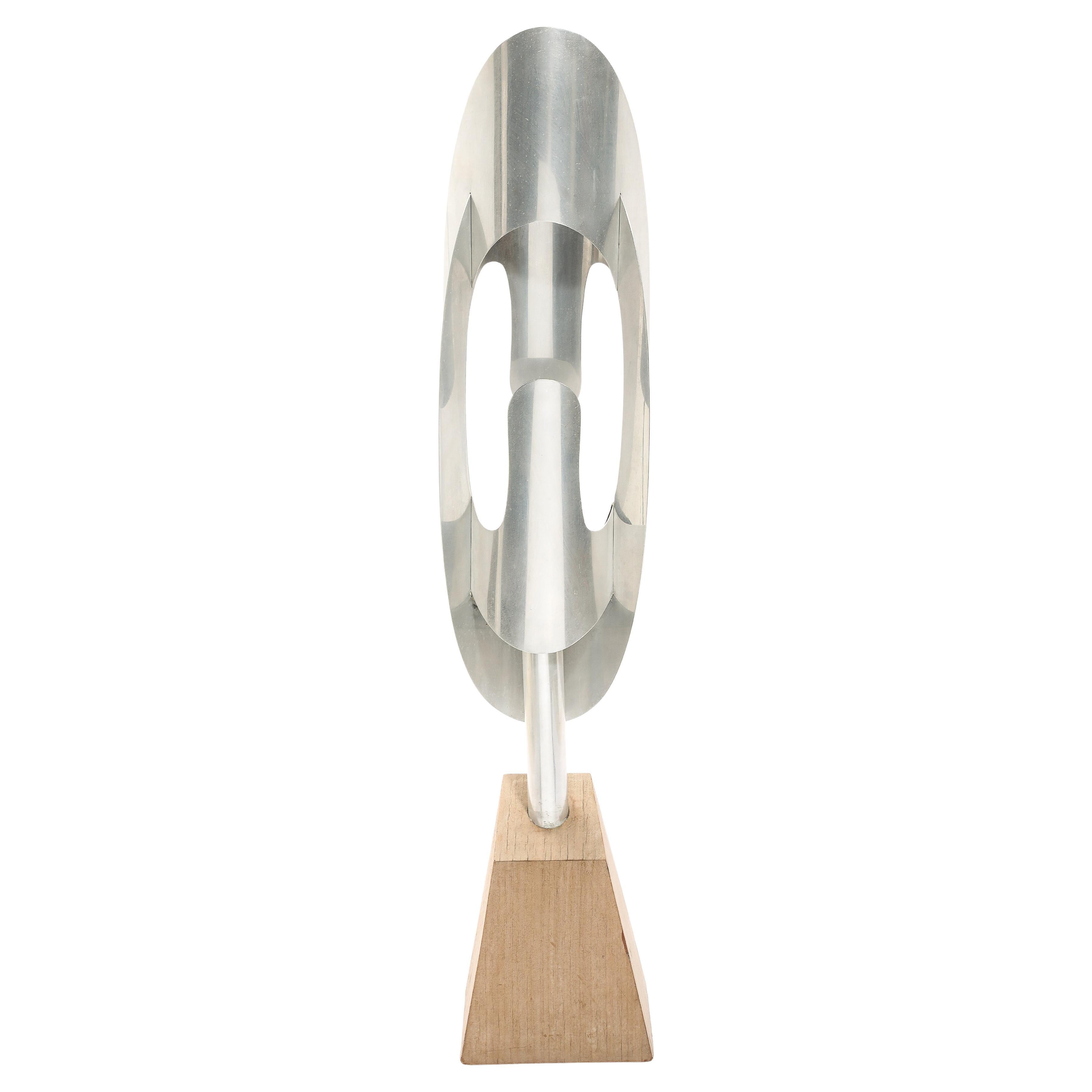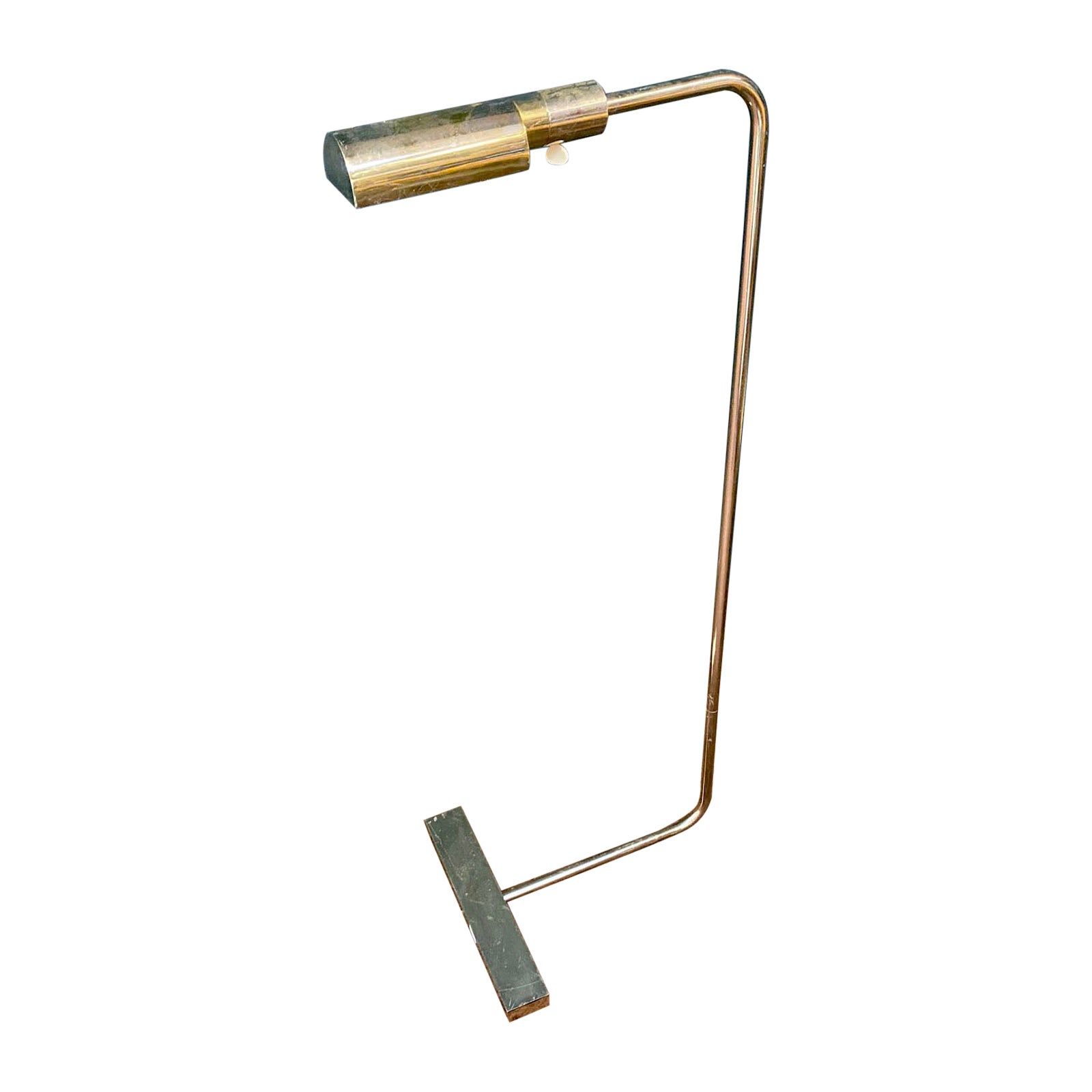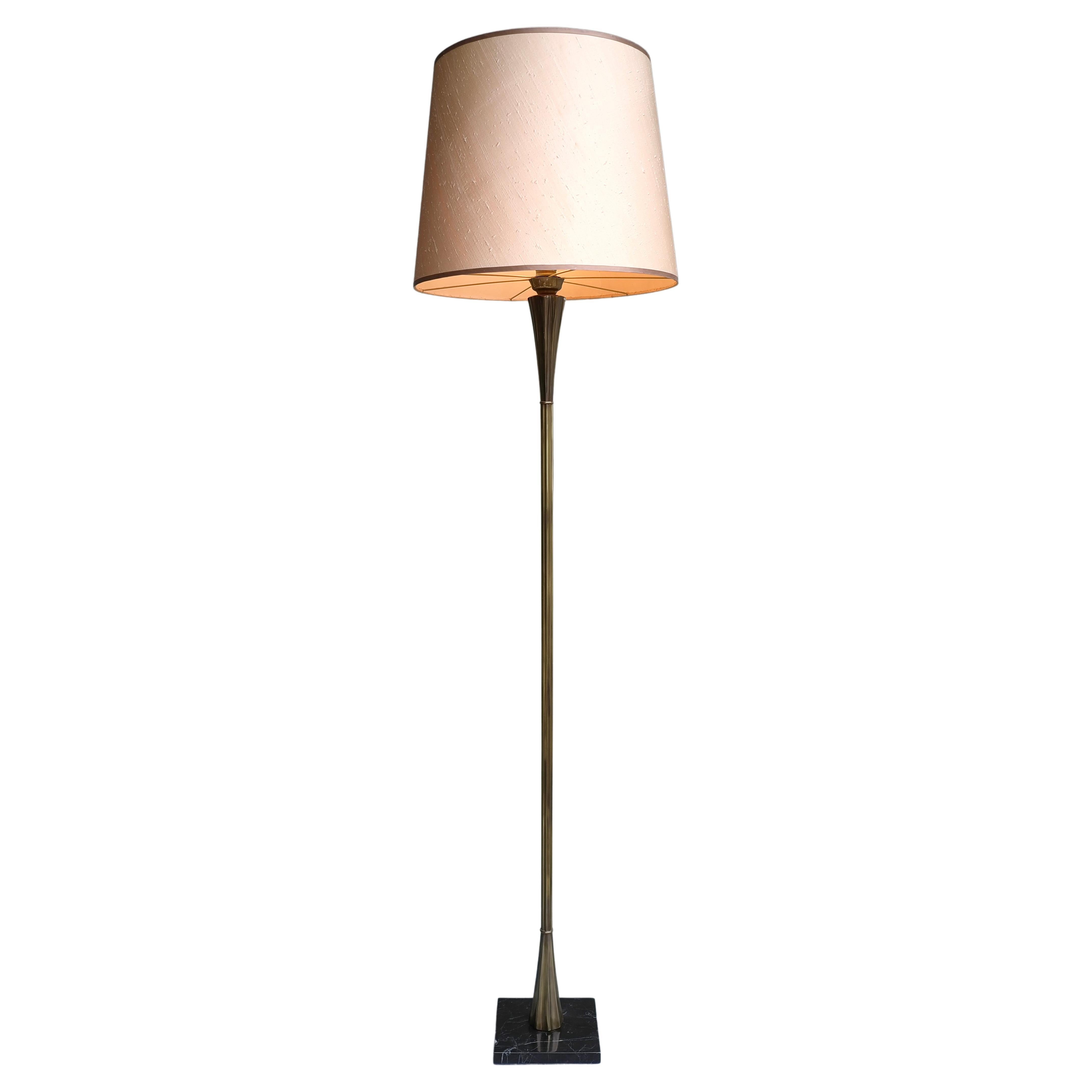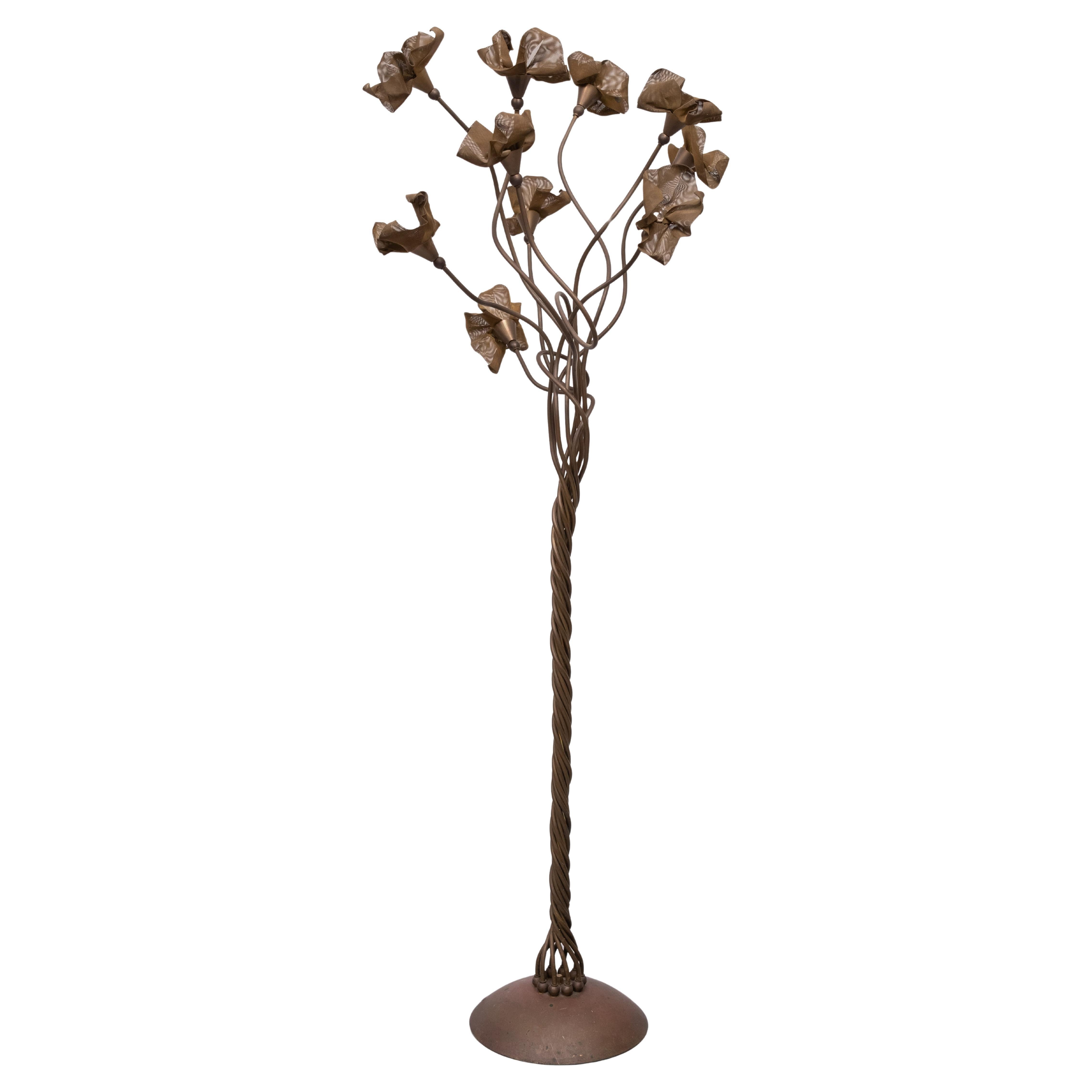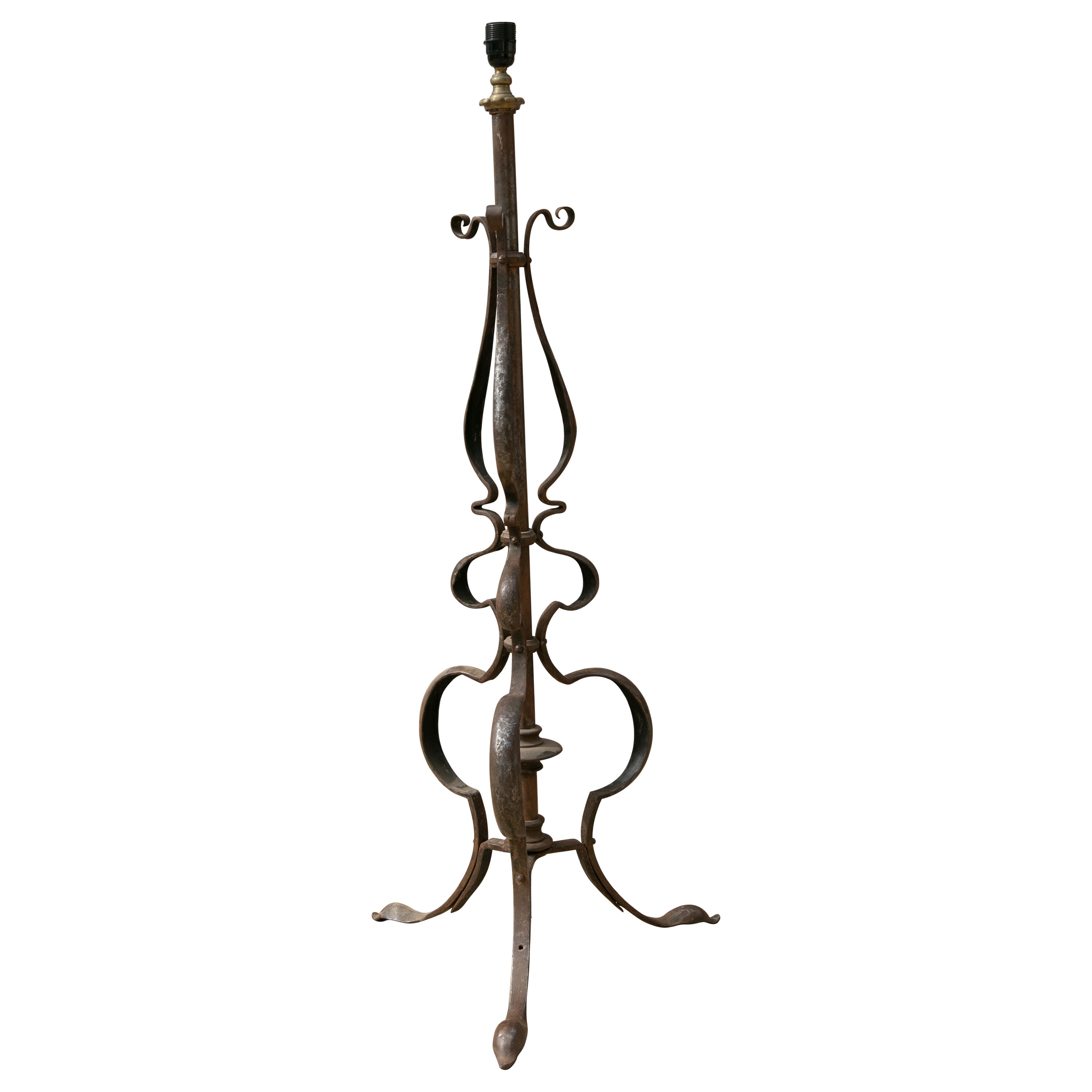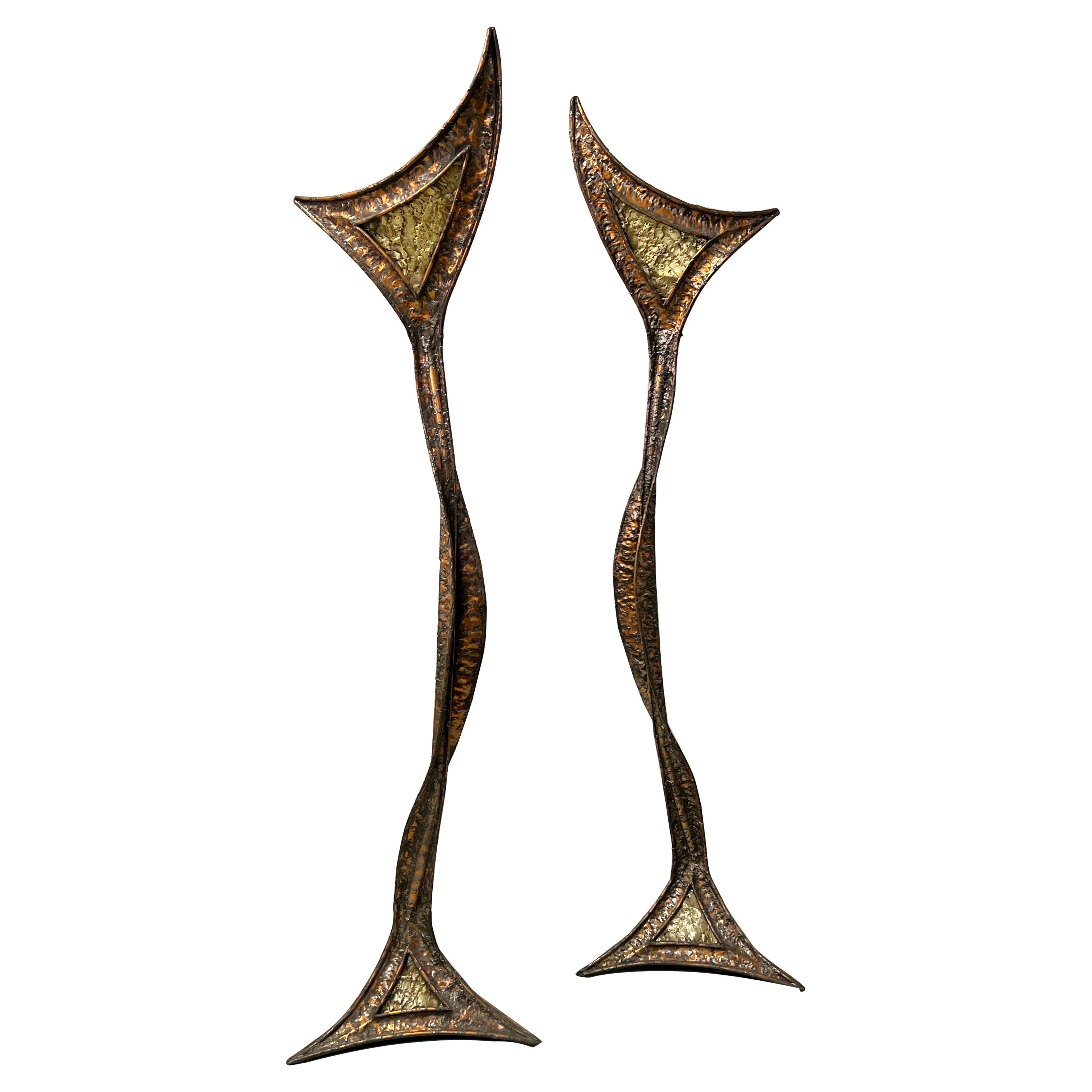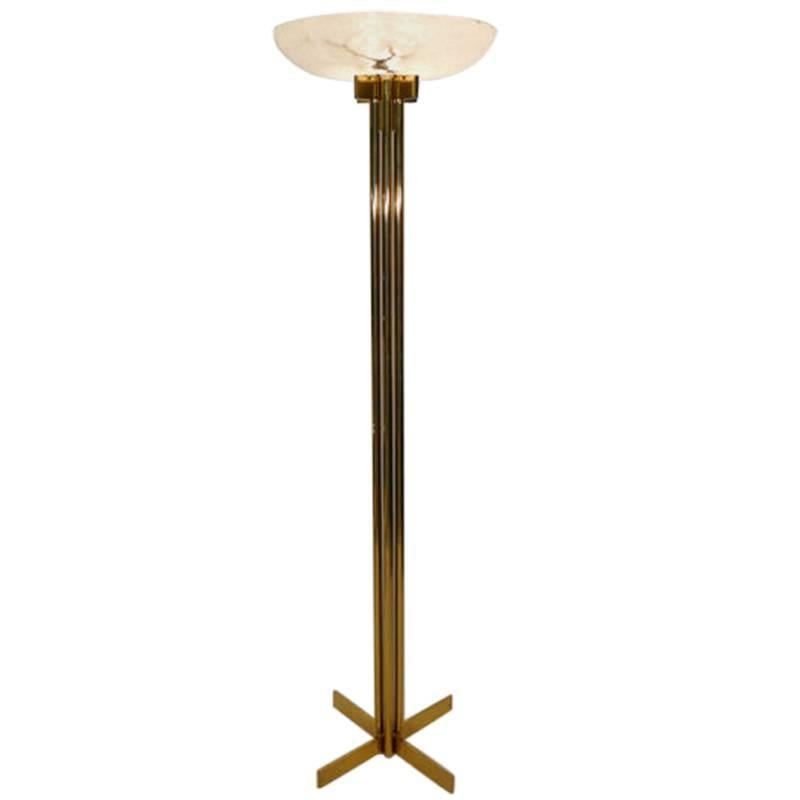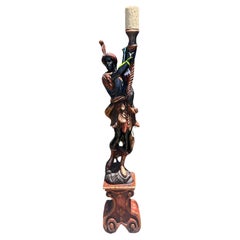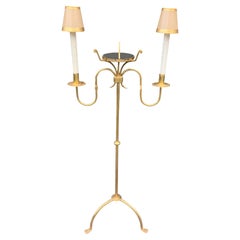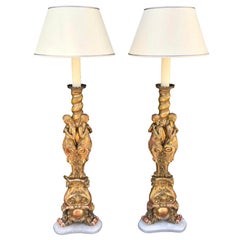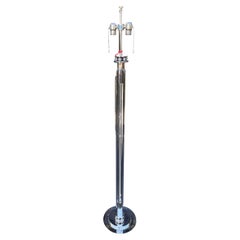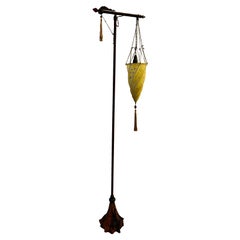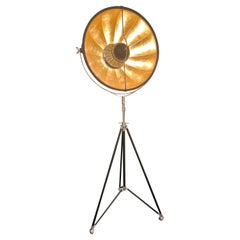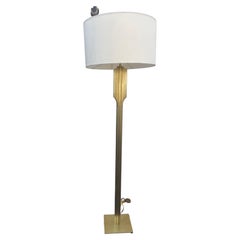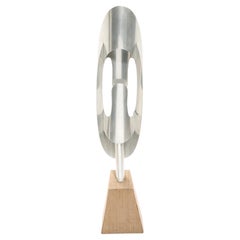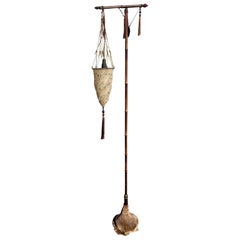
Fortuny Studio Venetia Bronze & Silk Floor Lamp c.1970's
View Similar Items
Fortuny Studio Venetia Bronze & Silk Floor Lamp c.1970's
About the Item
- Creator:Fortuny (Maker)
- Dimensions:Height: 24 in (60.96 cm)Width: 17 in (43.18 cm)Depth: 8 in (20.32 cm)
- Power Source:Plug-in
- Voltage:110-150v
- Lampshade:Included
- Style:Bohemian (In the Style Of)
- Materials and Techniques:
- Place of Origin:
- Period:
- Date of Manufacture:1975
- Condition:Wear consistent with age and use.
- Seller Location:LOS ANGELES, CA
- Reference Number:1stDibs: LU5125238725302
Fortuny
Spanish fashion designer Mariano Fortuny was an innovator in the world of textile design. He drew on classical Greek tunics for his rich and interesting garments and worked with a revolutionary system for creating pleats. He designed a range of clothing for his couture house, and today, vintage Fortuny evening gowns, gemstone-colored day dresses, coats and accessories like drawstring bags are known for their fine craftsmanship and signature elegance.
Fortuny was a true artist who worked with beautiful fabrics as his medium of choice. Although he showed talent in painting, sculpting, photography and architecture at an early age, fashion was where he really shined.
Fortuny was born Mariano Fortuny y Madrazo in 1871 in Granada, into a family of artists. His father died when Fortuny was only three years old, and his mother moved the family to Paris. As a child, Fortuny was fond of experimenting and figuring out how things worked. He even dyed pieces of fabric from his family's textile collection, which had been amassed from shops around Europe.
In 1889, the family moved again, this time to Venice. Here, Fortuny found inspiration in the past, which would influence his future designs. Not long after, the young Fortuny set off to travel the continent. In 1897, he visited Paris and fell in love with a dressmaker named Henriette Negrin. She became his muse, his wife and his creative partner — Negrin worked with Fortuny on clothing designs and fabrics — and the two settled in the French capital.
A lifelong inventor, Fortuny began patenting his creations in 1901. By 1934, he had registered more than 20 patents. At the same time, his fashion career was taking off.
In 1907, he designed the Delphos gown with Negrin, which French novelist and essayist Marcel Proust described as "faithfully antique but markedly original." Fortuny had worked from his home until 1922 when increased demand required large-scale production. He opened a factory in Venice, where due to the scarcity of silk, he began experimenting with cotton.
In 1927, New York interior designer Elsie McNeill traveled to Paris to meet Fortuny and became his exclusive American distributor. She returned to the United States and introduced Fortuny's designs to New World audiences. Shops opened in Paris, New York and London. Toward the end of the 1930s, Fortuny returned to painting and stepped away from the busy fashion industry.
After Fortuny passed away in 1949, McNeill took over the label and continued running it until 1988, when it was purchased by the Riad family, who remain at the helm of Fortuny today.
On 1stDibs, find vintage Fortuny clothing and accessories.
More From This Seller
View AllVintage 1930s Italian Renaissance Floor Lamps
Giltwood
20th Century North American Mid-Century Modern Floor Lamps
Metal
Antique 19th Century French Grand Tour Floor Lamps
Marble
20th Century American Art Deco Floor Lamps
Chrome
Antique Early 19th Century Italian Empire Floor Lamps
Wood
Vintage 1960s Chinese Mid-Century Modern Floor Lamps
Wood, Lacquer
You May Also Like
Vintage 1970s Italian Mid-Century Modern Floor Lamps
Bronze
21st Century and Contemporary Italian Floor Lamps
Aluminum, Brass, Steel
Vintage 1970s French Floor Lamps
Bronze
Late 20th Century Belgian Mid-Century Modern Floor Lamps
Aluminum
Early 20th Century American Arts and Crafts Floor Lamps
Bronze
Vintage 1970s European Mid-Century Modern Floor Lamps
Nickel
